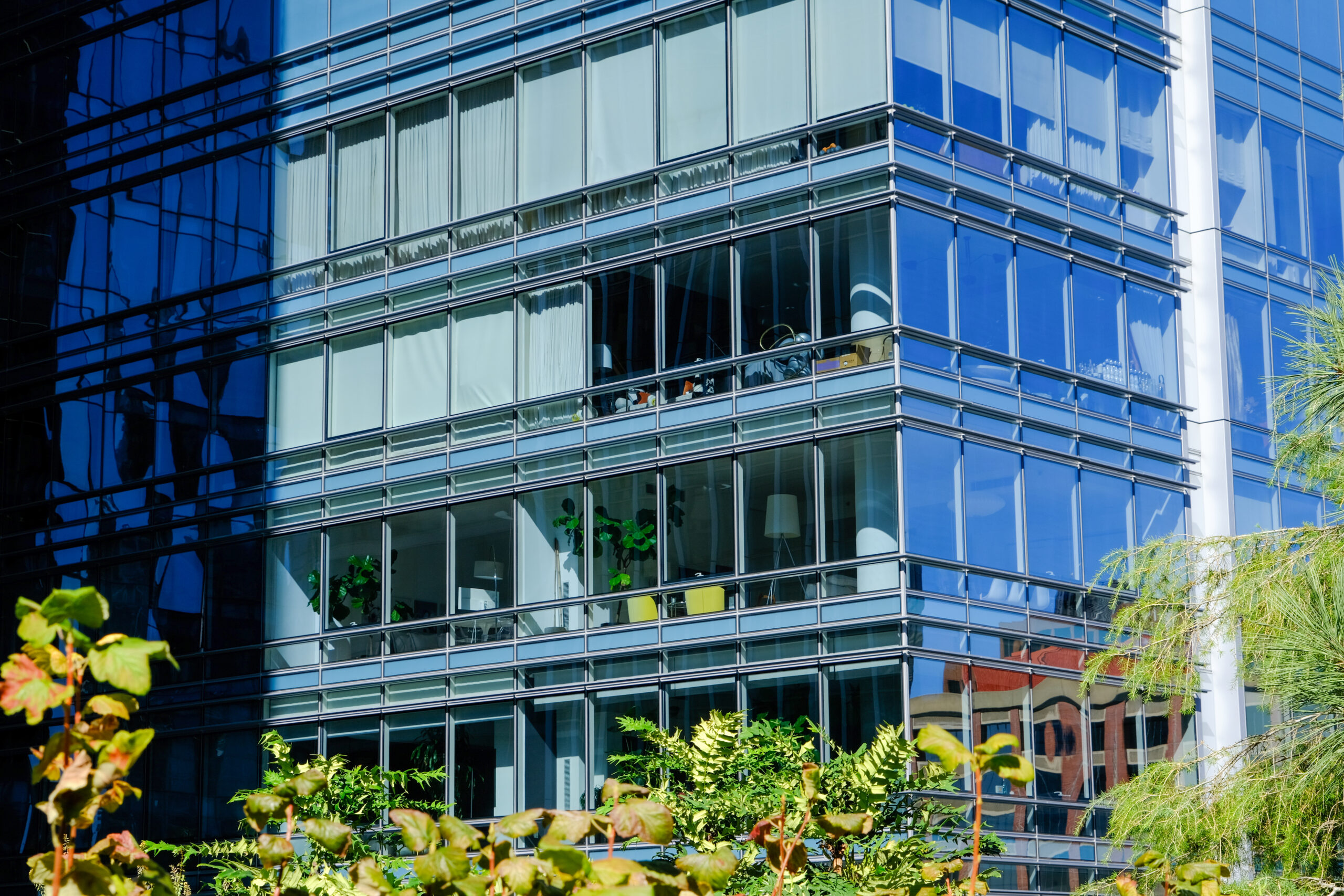As companies eye permanent hybrid or work-from-home policies, San Francisco’s downtown corridor is taking longer than expected to return to normal. In a Monday afternoon report to the Board of Supervisors’ Land Use Committee, San Francisco’s Chief Economist Ted Egan said the Omicron variant and subsequent winter shutdown is to blame for the city’s slow recovery. But according to Egan, steady office rents show that companies remain hopeful that a full return to the office is coming.
While the vacancy rates remained relatively low in the corporate-heavy Financial District, other downtown neighborhoods like Mission Bay, Showplace Square, Mid-Market and SoMa were harder hit.
Among similar metropolitan areas like New York and Los Angeles, San Francisco has on average seen the lowest weekly office attendance since the pandemic’s start, the report shows.
Even as the city rolls out new masking rules allowing office workers to go maskless if all are vaccinated, Egan said San Franciscans’ cautious nature and announcements from tech companies that remote and hybrid work may become permanent means such policies aren’t bringing workers back en masse.
“Too many employers have said that some form of working from home—some form of hybrid office and home work—is going to be the new normal,” Egan said.
The result is vacancy rates as high as 40% in some neighborhoods—with an average of 22%—as the city completes its second lap of the pandemic. According to data from the Building Owners and Managers Association, San Francisco has seen the second-slowest recovery in leasing activity in the country, behind Chicago.
As companies continue to push their return to office dates back and announce new permanent remote options, it’s not yet clear when all those vacancies will be filled. According to the Office of the Controller’s Five-Year Financial Plan released last month, the city projects telecommuting will stabilize for the long term in 2023 and a 15% reduction in payroll and associated taxes because of the trend.
Though 2021 was one of the most active years ever for venture capital investment into San Francisco companies, that funding has not yet translated into office leasing. Egan projects a potential reset in asking rents and office sales prices when a new normal is established.
Egan said he is hopeful that as employment continues to rise in the tech industry, San Francisco’s downtown corridor will see an eventual revival, even if that means commerce will have to adapt to a new type of worker—one who doesn’t come in every weekday.
It’s clear from the numbers that businesses and workers that serve downtown crowds have suffered as workers stay home. Supervisor Ahsha Safaí said an estimated $1 billion in business tax revenue has been lost due to the Covid-related exodus of employees and businesses. And with most businesses still allowing flexible work, more than 2,800 janitors are still out of work, according to Safaí.
One disconnect highlighted by the committee is the relatively high commercial rents that landlords are still asking for even with the noted decline in leasing activity. Egan attributed this to the lack of current demand from prospective tenants coupled with building owners betting on office workers and well-funded companies coming back when the pandemic subsides.
When asked about the potential for underused office buildings to be converted into housing, Egan said the chances are slim, at least in the short term.
“We’re seeing residential rents down in San Francisco, notwithstanding the boom in real estate worldwide, condo prices in San Francisco are flat and building costs are rising,” Egan said.
Hotel occupancy—a signal of the tourism industry’s health—has also taken a major hit from the pandemic and sits below 30%. Egan tied the health of the office market to the tourism industry, particularly with the majority of convention and group travel before the pandemic driven by tech industry events or scientific conferences closely related to Bay Area research and business activity.
As part of an effort to attract more workers and residents downtown, the city’s Office of Workforce Development has tested out cultural and events programming, including its SFWednesdays live event series.
The city plans to hire a consultant to further analyze and survey downtown businesses.
“I don’t think there is any question: Our downtown will come back,” Safaí said. “It’s just a question of when.”
